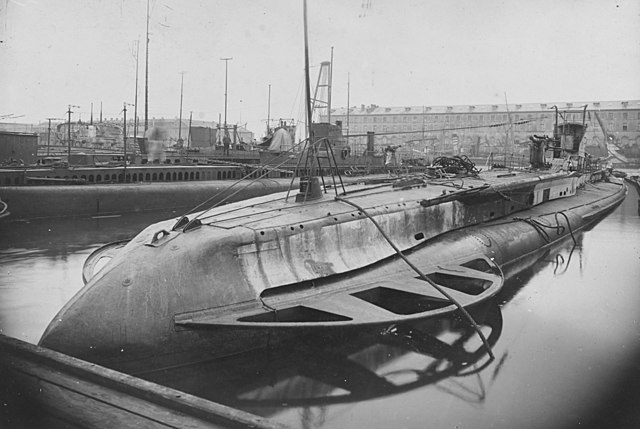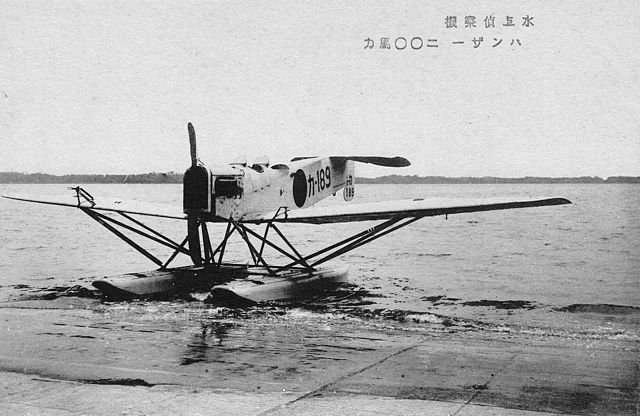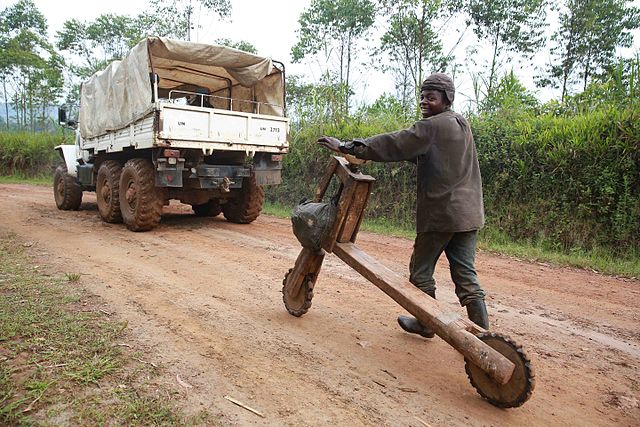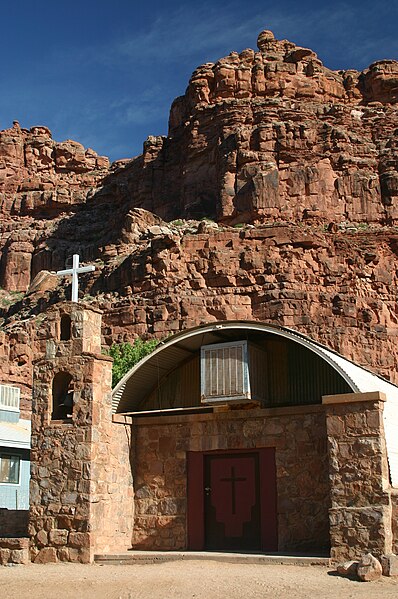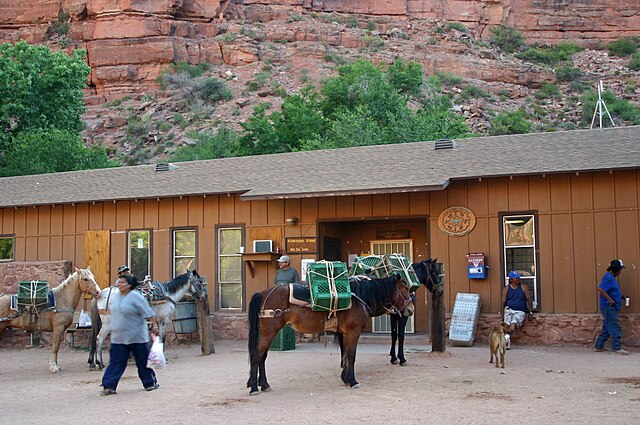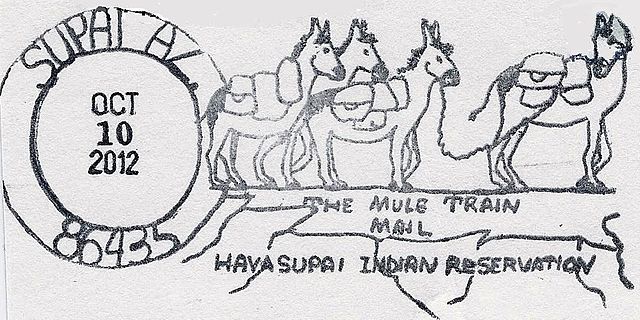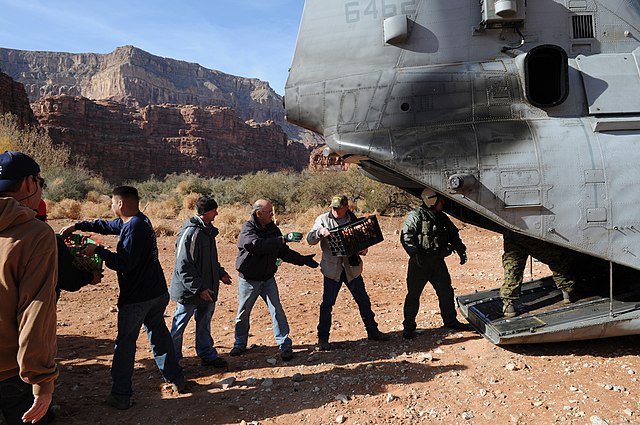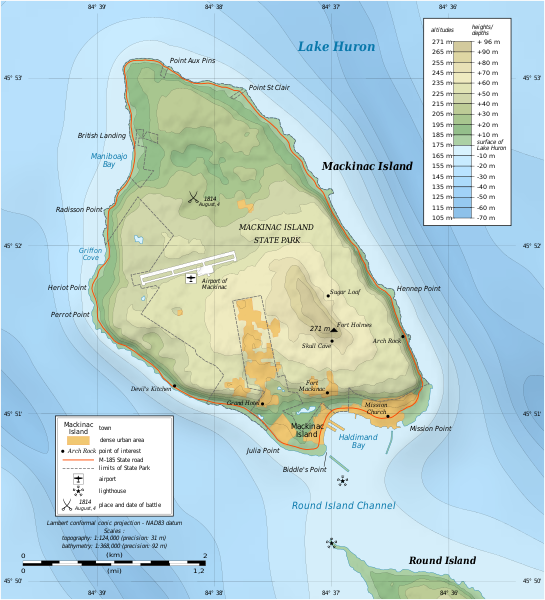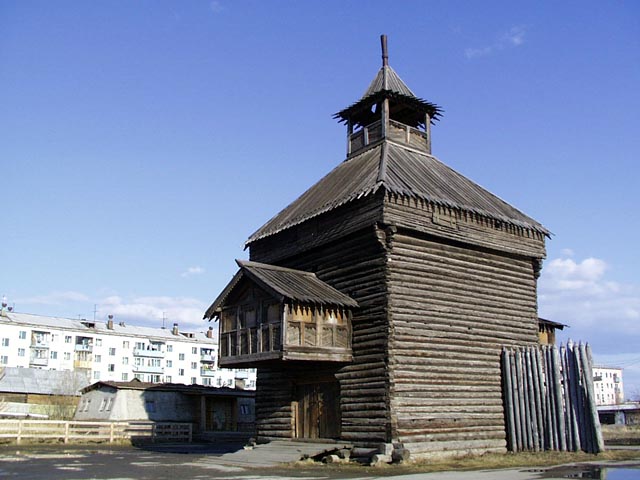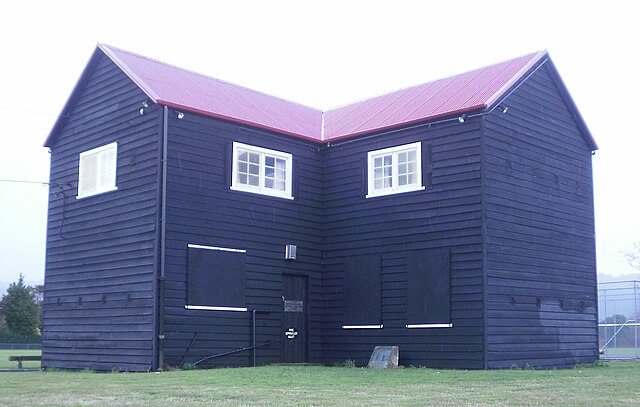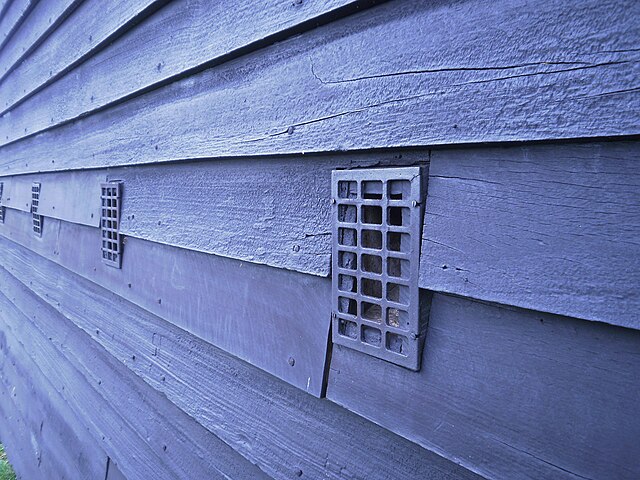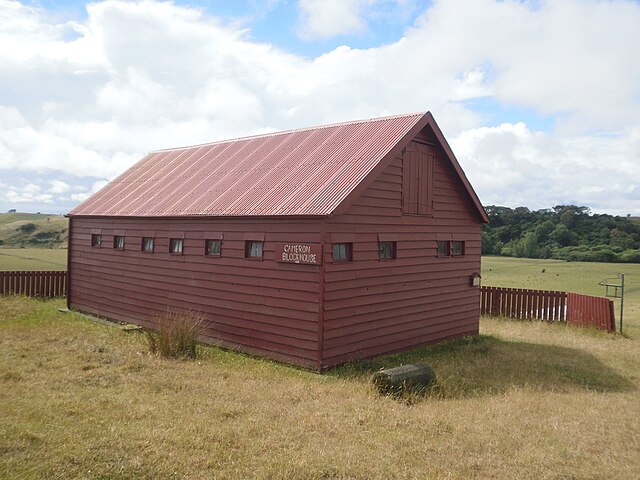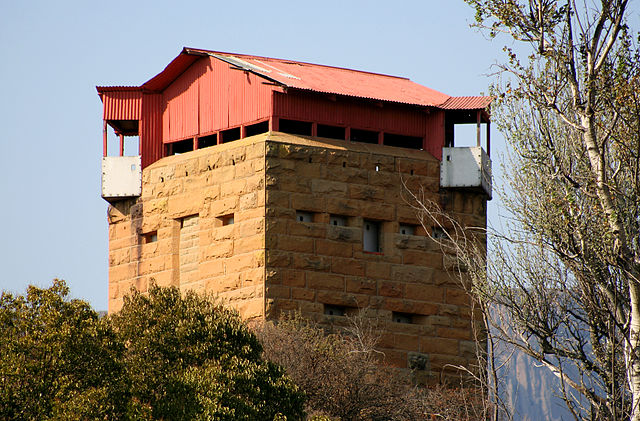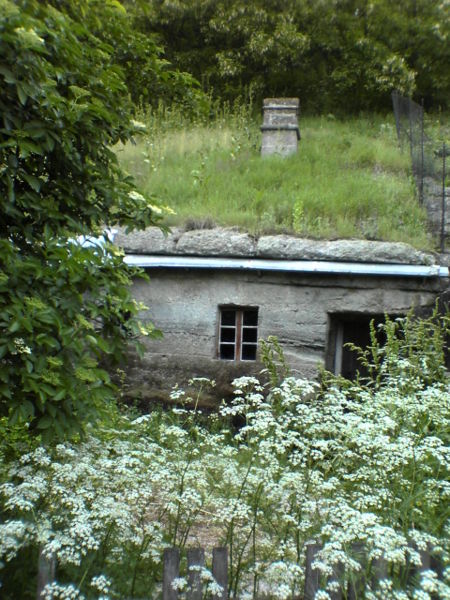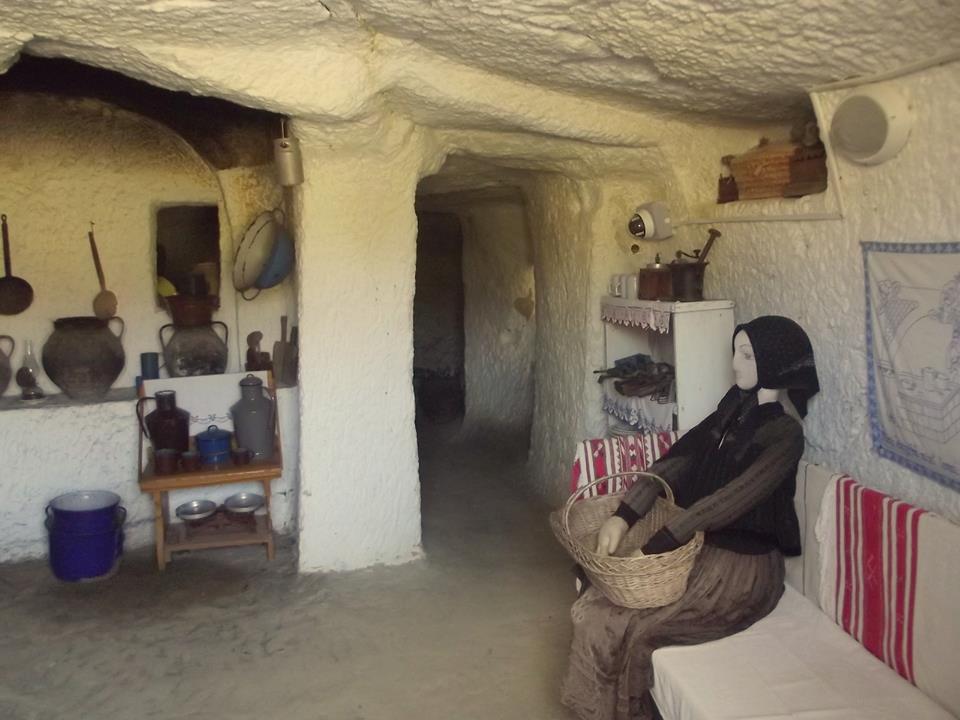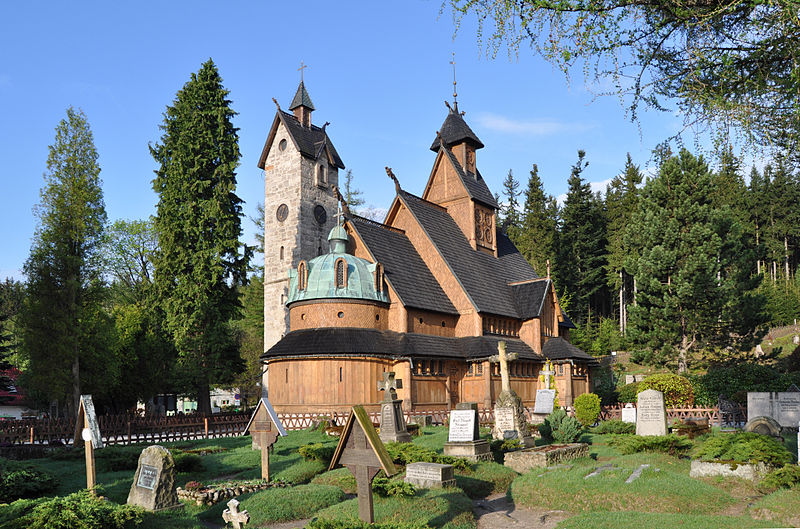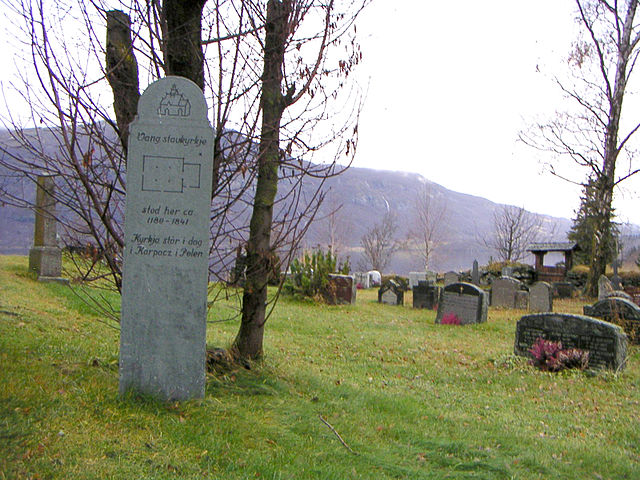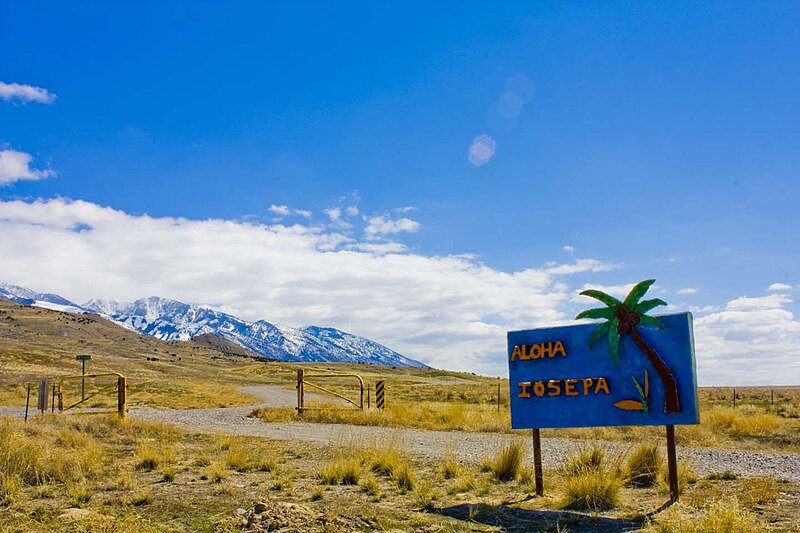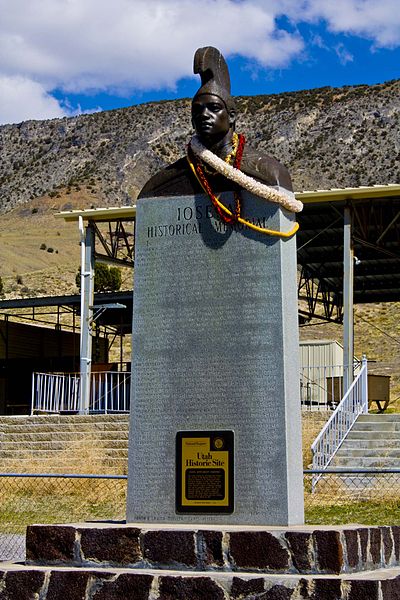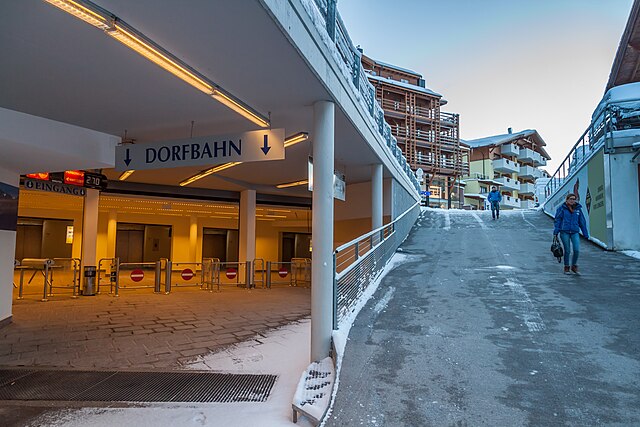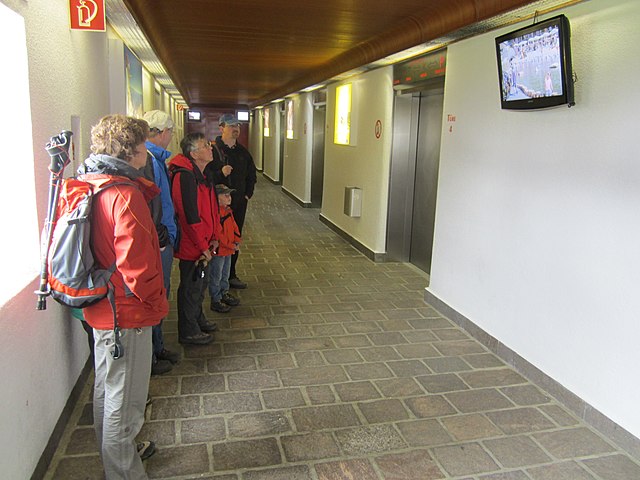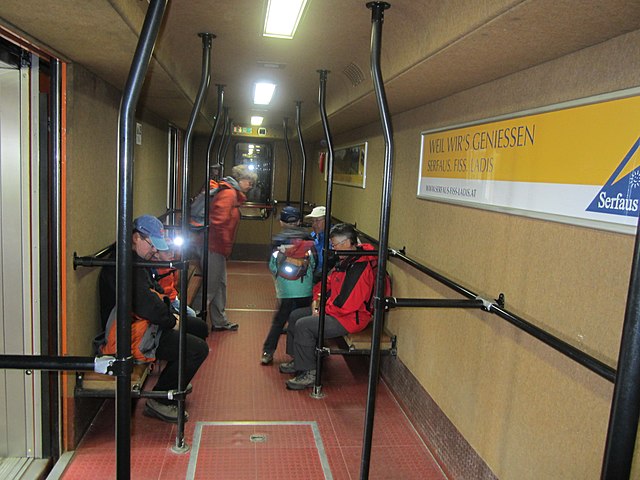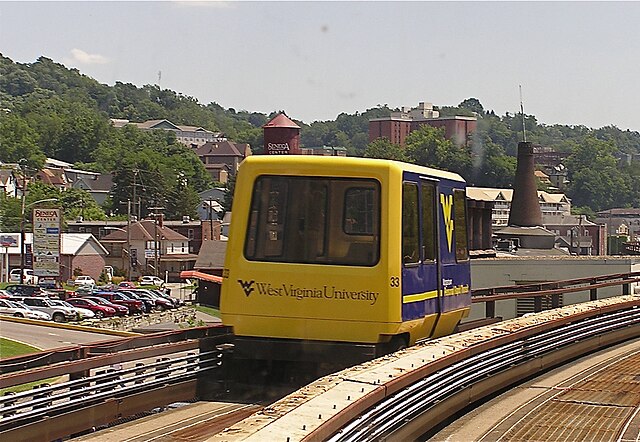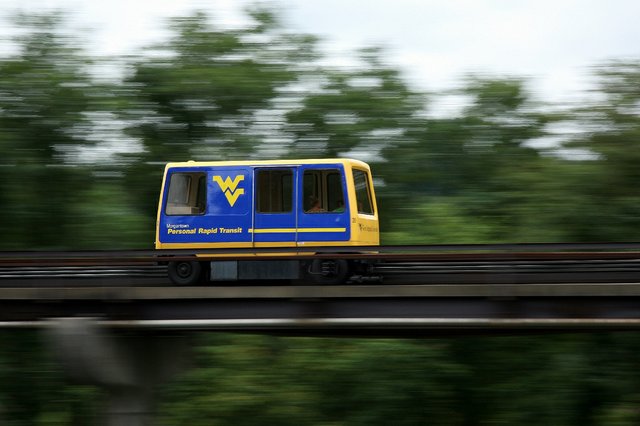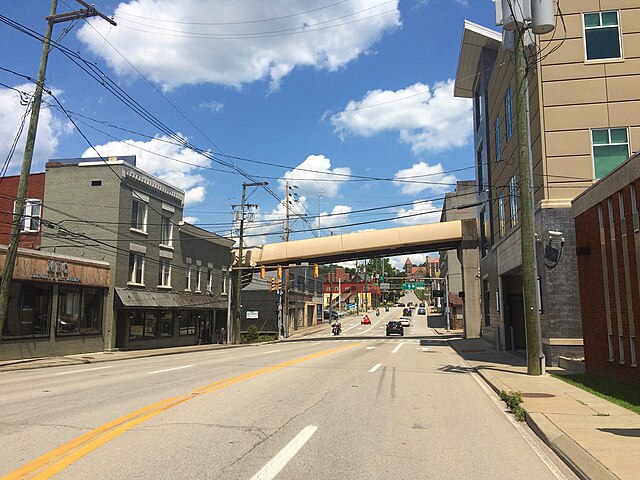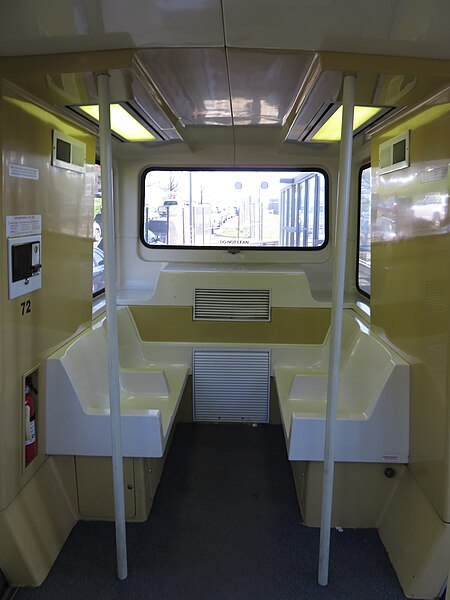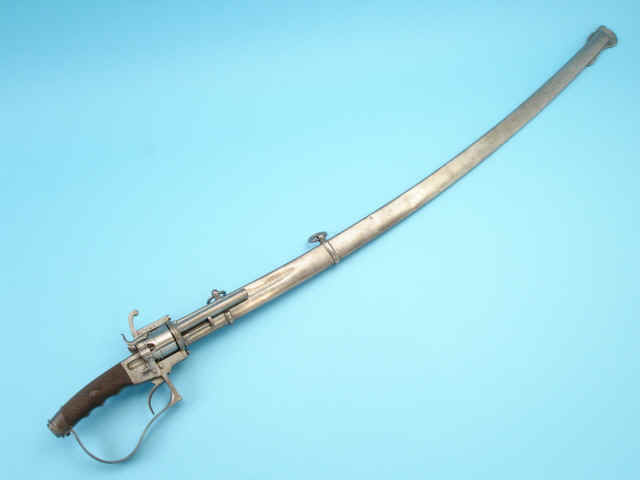Welsh language use in films, television and (occassional) dubbing of non-Welsh media
I was recently interested in whether there had been any Welsh dubbing of already established English-language series or even non-English language series. I was curious whether any of the notable British-produced Sherlock Holmes series were ever dubbed into the Welsh language.
I found the video above, from the Welsh film and TV archives, showing excerpts from an experiment done by HTV (Harlech TV, the then Welsh branch of the major British private broadcaster ITV) back in 1978. A simple idea: They made Welsh dubs of three different films - the well-known Western
Shane (with Alan Ladd),
Frankenstein Must Be Destroyed (with Peter Cushing) and
The Sin of Father Mouret - and broadcast them.
As you can see in the public poll excerpts in the video, many Welsh citizens liked the idea, they just felt that the dubbing was not of a good enough, convincing enough quality. I can't say I'm surprised, what with the lack of a tradition of dubbing foreign live-action works in the UK, especially back in the 1970s, and especially for non-English minority languages of the UK. (Granted, back in the 1960s and 1970s, even Slovakia's dubbing tradition was still pretty new and fledgling, despite some early successes, e.g
the dub of The Magnificent Seven in 1966 ! The real diversification and birth of a semi-industry only came in the 1990s, making dubbing commonplace these days. One would wonder what it would be like if Wales was allowed a similar route.)
Interestingly enough, that public poll was likely done on the streets of Cardiff or another strongly anglophone Welsh area, so many of the respondents also mentioned that they didn't understand the dubbed Welsh anyway, as they are not everyday Welsh speakers, and English was their mother tongue on a day to day basis.
Bear in mind, though Welsh had thankfully never declined to an endangered language (thanks to a tradition of Welsh literature and religious preaching/singing), the modern Welsh language revival - in terms of official support in public signs, language education in schools and official government documents - only started after the second world war. It's also only become more mainstream and seen as a regular and ordinary thing in the last forty to fifty years. More Welsh in TV and radio broadcasting was still a relative novelty back in the 1970s, so the reactions to the haphazard 1970s dubs aren't that surprising. People still found it novel they're getting regular Welsh broadcasting, the beginnings of specialist Welsh-language broadcasters, etc., so attempts at Welsh film dubs would seem all the more unusual.
Personally, I'm most in agreement with the lady who says she liked the dubbing of the Cushing film the best. It seemed the most natural to me as well, at least on the level I'd expect from a good 70s, 80s or early 90s Czech or Slovak TV dub. I also agreed with the greying gentleman who praised it as a neat experiment to give Welsh more exposure in the mainstream media, and with the two ladies who both stated that it would be better to just create a separate and dedicated Welsh-language TV channel, rather than trying to sheer off time from the mostly English-language TV broadcasts in Wales. Guess what happened by the early 1980s, just a few years later ? 1982 saw the establishment of
SC4 (
Sianel Pedwar Cymru, "Channel Four Wales"), the main Welsh-language TV network of the UK.
It celebrates its 40th birthday this year.
----
Though efforts at British dubbing of live-action films and television have been rather rare to date, including dubs into minority languages of the British Isles, some Welsh series have been filmed both in Welsh and in English simultaneously. Several recent Welsh detective series and drama series have followed this pattern. The same scenes were shot at the same angles et al, with the actors first playing out the scene purely in Welsh, then in another set of takes, purely in English. The editing room people could then assemble edits where the series was all-Welsh or all-English. In the case of a few series, there was even a third variant, where some of the dialogue and lines were in Welsh, some in English, usually in a manner that made sense in context.
Y Gwyll ("The Dusk", also
Hinterland), a Welsh
neo-noir detective drama from the 2010s I enjoyed a few years ago, used that three-variant approach while filming and later editing. This made for more work, but the results are pretty impressive. I am most familiar with the "alternating" cut of the series, with both English and Welsh, rather than just
Welsh or just
English.
(On a sidenote, the original broadcaster and one of the main investors in the series was S4C. The non-Welsh-only versions were also broadcast by BBC One and some non-UK anglophone channels overseas, including in North America.)
Promo of the Welsh-only version of the series (here's a TV spot that also mentions the broadcast with English subtitles)
First episode scene from and promo for the English-only version and the bilingual version
In the context of the series' story, this bilingual "alternating cut" portrays the main character (a detective chief inspector in Aberystwyth) speaking chiefly in English, after having spent years or decades living and working in England, while his local colleagues also speak in Welsh, especially while interviewing locals. The implication is clear: The DCI, though a local, has gotten really rusty in his Welsh, forgotten most of it over the many years he hadn't had a chance to practice it regularly, while his colleagues have continued to live in the area their whole lives and can use Welsh just as easily as English.
The interesting thing is that this implication is dropped completely in the Welsh-only version (the series being filmed and cut in a way that the script
doesn't force the implication to be spelled out) and it is also not present in the English-only version (where everyone speaks English anyway, even in cases where Welsh would make more sense).
Funnily enough, I find the third, bilingual version of the series to be the most realistic. Even in strong Welsh-speaking areas, there's still plenty of English, and it's easy to converse in both languages. Modern Wales essentially is a truly bilingual country, so the bilingual cut also feels the most like actual OTL reality. The other two, strangely enough, feel a bit ATL.
The Welsh-only language version of the series and the English-only language of the series give the impression they're set in some alternate history version of contemporary Wales. Either one where the Welsh language went extinct even in Ceredigion and elsewhere in west Wales (English-only version), or one where Wales is seemingly an independent country with Welsh as the primary language of virtually everyone (Welsh-only version).

Ed Thomas, one of the creators of and writers for the series,
talked quite a bit about the bilingual nature of the series in
this interview.
You might remember how I brought up
that Irish Northern series set in the Klondike Gold Rush, on page one of this thread. That series was filmed by
an Irish equivalent of Wales's primarily-Welsh broadcaster, but for the sake of realism, also featured plenty of English and even some native Tlingit in additon to Irish (or Irish Gaelic, if you want). I doubt they made several language cuts of that Irish Northern, but all of these series make for interesting case studies in the use of languages (including more marginal and minority languages) in major film and TV media of the present day world.
I've actually pondered whether S4C and some Welsh production companies couldn't do a similar historical series, focused on the history and society of Welsh immigrants in Patagonia, in the
Y Wladfa ("The Colony"), a.k.a. Welsh Patagonia. Given the fact that Patagonian Welsh had developed since the 19th century to have a slightly different vocabulary from mainstream Welsh, and that its alterations even influenced the original British Welsh during the course of the 20th century, I think it would be a fascinating premise for a historical drama. Not just story-wise/history-wise, but also in terms of the Welsh (and non-Welsh) linguistics on display.
